
Most of the technology involved in the web, like the hypertext, the internet, multifont text, had been designed already. I just had to put them together. It was a step of generalizing, going to a level of higher abstraction.tim berners-lee


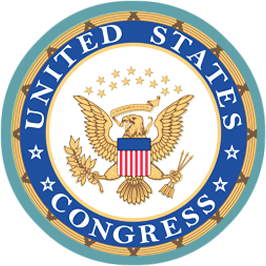



Most of the technology involved in the web, like the hypertext, the internet, multifont text, had been designed already. I just had to put them together. It was a step of generalizing, going to a level of higher abstraction.tim berners-lee


U.S. Congress passed the Scientific and Advanced-Technology Act, 42 U.S.C. § 1862(g), in 1992
In 1988 Vinton Cerf was allowed to link MCI mail to link to federal networks but it was not until 1992, that the U.S. Congress passed the Scientific and Advanced-Technology Act, 42 U.S.C. § 1862(g), which allowed the National Science Foundation Network, NSFNET* to support access by the research and education communities to computer networks which were not used exclusively for research and education purposes. Although this Act did not specifically permit NSFNET to interconnect with commercial networks, it opened the way for commerce to be connected.
Final restrictions on commerce were lifted in April, 1995.
*
By the 1980s the ARPANET (the original network/Internet) was vastly overburdened, in response The National Science Foundation created a number of supercomputer centers around the country along with a backbone network which connected all of the centers and allowed connections for research and education.
In April 1995 National Science Foundation ended its sponsorship of the NSFNET Backbone Service The National Science Foundation went on to sponsor vBNS a very high-speed Backbone Network Service which provided high-speed connections between the the supercomputing centers and other access points within the United States.
This is an interesting paper on the Privatization of the Internet’s Backbone Network by Rajiv C. Shah & Jay P. Kesan

Mosaic was the first browser that could display text, images and multimedia together, it lead the way to Netscape. Netscape took off immediately and it success was phenomenal.
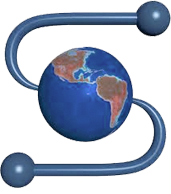
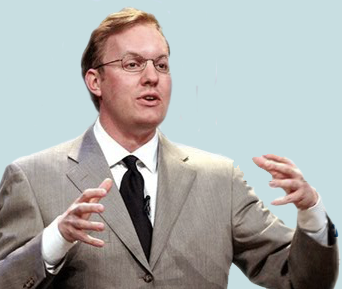
By the end of 1993 Marc Andreessen had left NCSA to form a partnership with Jim Clark, founder of Silicon Graphics Inc. In turn they hired some of the most experienced Mosaic developers.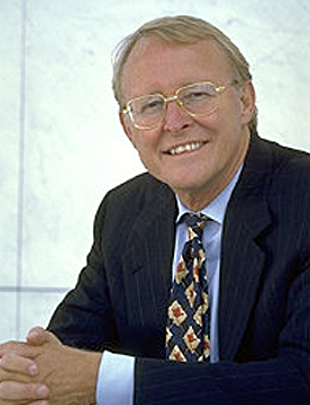
Their company was originally named Mosaic Communications Corporation and their browser Mosaic Netscape but due to a legal challenge from the NCSA the name was changed to Netscape Communications Corporation and their browser was named Netscape Navigator which was released in 1994.
Later versions were named Netscape Communications and eventually just Netscape. Netscape was very innovative it had support for javaScript, java, video, audio and Shockwave in turn Flash. It also included numberous other features. Netscape took of immediately and it success was phenomenal. Suddenly, it seemed as if everyone was on the web.
| Year | event |
|---|---|
| 1991 | 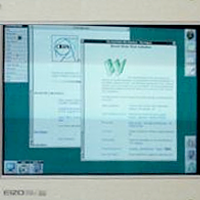 WWW went Online The WWW program was developed between 1989 and 1990 and it went Online in 1991. |
| 1991 |  Opening the Internet to Commerce U.S. Congress passed the Scientific and Advanced-Technology Act, 42 U.S.C. § 1862(g), which opened the way for commerce to be connected. |
| 1993 |  Mosaic Brower Mosaic Browser Released, which was created by Marc Andreessen and a team of students from NCSA at the University of Illinois. This was the first browser in which text and images could be displayed on the same page. |
| 1993 |
At the end of 1993 Marc Andreessen joined Jim Clark to form Netscap Communications. They hired some of the most experienced Mosaic developers. They released Netscape 1.0 in 1994. |
| 1994 |  W3C Founded Tim Berners-Lee founded the World Wide Web Consortium, (W3C) at the Massachusetts Institute of Technology, in collaboration with CERN, with support from DARPA and the European Commission |
| 1994 |
 Pylon 1.0 Released Guido van Rossum releases the the first version of Python, a dynamic language often used for server side scripting |
| 1994 |  CSS Håkon W Lie proposes the Cascading HTML Style Sheets language, while working with Tim Berners-Lee and Robert Cailliau at CERN. CSS allows the separation of the structure from the styles for a web page and in turn increases accessibility. Although its most common application is to style web pages written in HTML and XHTML, it can also be applied to XML, SVG and XUL. It would be some time before all browsers would interprete CSS correctly. |
| 1995 |  HTML 2.0 Tim Berners-Lee and Dan Connolly publish the first official standardization of HTML 2.0. |
| 1995 | 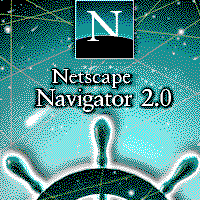 Netscape Navigator Browser Introduced JavaScript, image maps, GIF89a plugins, animated GIFs, They also included the font, div and textarea elements. |
| 1995 |
|
| 1995 |  PHP Rasmus Lerdorf announces the first release of PHP. It was originally called "Personal Home Page Tools (PHP Tools)". php is a server side scripting language which is designed for the web. |
| 1995 |  Internet Access America Online, Compuserve, and Prodigy begin to provide Internet access. |
| 1995 |  Amazon, Craigslist, Ebay Amazon, Craigslist and eBay go live. |
| 1995 | 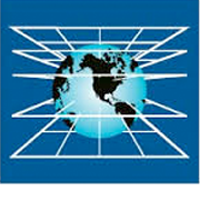 NSFNET Backbone Decommissioned The original NSFNET backbone is decommissioned and commercial enterprise is largely completed. |
| 1995 |  Internet Explorer Microsoft released its first browser, Internet Explorer, which was based on source code licensed from Spyglass, itself derived from NCSA Mosaic. |
| 1996 |
 CSS Cascading Style Sheets, become a recommendation of the W3C. Css was invented by Håkon W Lie and Bert Bos. |
| 1996 |  Doctype Todd Fahrner proposed using the DOCTYPE of an HTML document as the basis for deciding whether a browser should implement a strictly standards based approach to rendering a page. |
| 1997 |
 javaScript Standardization of javaScript begins. Netscape submits JavaScript to ECMA International for standardization. |
| 1997 | 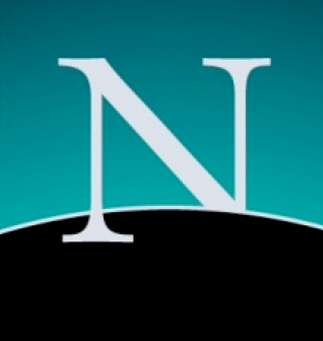 Netscape 4 It featured some CSS support |
| 1997 |  Html 3 - 4 HTML 3.2 was the first version developed and standardized by the W3C. It adopted most of Netscape's visual markup tags. HTML 4.0 was published later in the same year as a W3C Recommendation . It included many element types and attributes. It offered three variations: Strict - deprecated elements are forbidden Traditional - deprecated elements are allowed Frameset - in which frames are only allowed It sought to phase out Netscrape's visual markup features by marking them deprecated and urging the use of style sheets. |
| 1998 |
 Mozilla Open Source The codebase for the Netscape Browser is open sourced by the Netscape Communications Corporation. |
| 1998 |
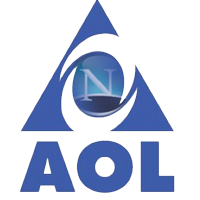 America Online buys out Netscape Communications America Online, the Internet access service, acquires Netscape Communications in a deal valued at $4.2 billion.. |
| 1998 |
 CSS
2 CSS
2CSS2 introduced a large number of new features. It would be many years before they were adopted by the majority of browsers. These new features included positioning - relative, absolute and fixed. New selectors, including child, descendent and attribute selectors. Also included the :hover attribute and web fonts |
| 2000 |
 The Dot.Com Bubble Burst
The Dot.Com Bubble Burst " Venture capitalists saw record-setting growth as dot-com companies experienced meteoric rises in their stock prices and therefore moved faster and with less caution than usual, choosing to mitigate the risk by starting many contenders and letting the market decide which would succeed." wikipedia Most failed. |